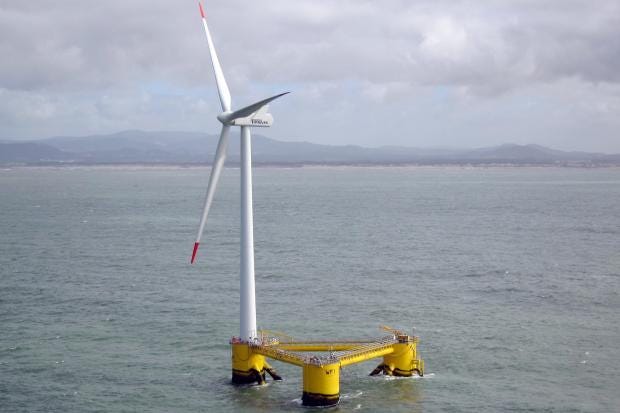
Portugal generated more renewable energy than it needed in March, for the first time in at least 40 years.
Energy from renewable sources made up 103.6 per cent of mainland electricity consumption last month, according to data from the country’s power grid operator REN, although fossil fuels were used to occasionally top up the electricity supply.
The second-highest level of 99.2 per cent was set in 2014.
A report by the Portuguese Renewable Energy Association and the sustainability group ZERO, said the achievement was an “example” of what the future holds for renewable energy.
“It is expected that by 2040 the production of renewable electricity will be able to guarantee, in a cost-effective way, the total annual electricity consumption of mainland Portugal,” it said.
“These data, besides indicating a historical milestone in the Portuguese electricity sector, demonstrate that renewable energy can be relied upon as a secure and viable source with which to completely meet the country’s electricity demands.”
Weather conditions in Portugal also helped production from renewable sources, as wet and windy weather meant output from hydroelectric dams and wind turbines was high.
Hydroelectric dams accounted for 55 per cent of monthly energy consumption and wind power made up 42 per cent.
Renewable energy production in Scotland reached record levels last year, with the country sourcing more than two-thirds of its electricity from green schemes.
The country got 68.1 per cent of its electricity from renewable sources, a rise of 14.1 percentage points from the 54 per cent reached in 2016.
It is estimated that the equivalent of 68.1 per cent of gross electricity consumption in Scotland came from renewable sources, up year-on-year by 14.1 percentage points.
Scottish government officials said it was 45 percentage points higher than the equivalent figure for the rest of the UK.
Wind generation increased by 34 per cent and hydro by 9 per cent last year.







